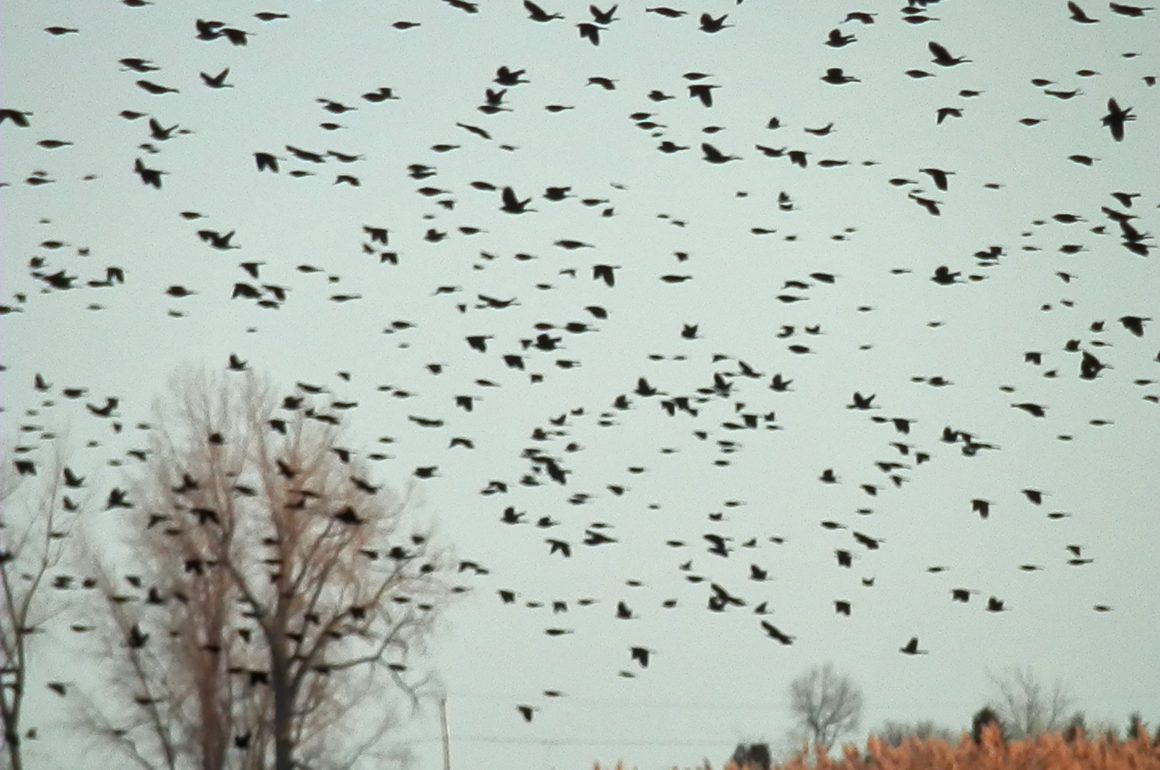
For human beings, watching large flocks of birds migrate is an awe-inspiring spectacle. But, should a bird stay or should it go? Whether they migrate or not, there are risks and benefits, even if birds don’t think of it that way.
During the fall, the songbirds, flycatchers, and other insect-eating species, along with some raptors, migrate to the southern United States, Mexico, Central America, or South America. There, during our winter, they enjoy warm weather and plenty of food, until it is time to return north to their breeding grounds.
Why would they risk the arduous and dangerous journey north to their breeding grounds each year when life is good in the tropics? Here are some of the issues they face if they choose to return north. Birds need to be in good shape for migration. Before starting their trip, they need to eat plenty of food to build up fat reserves. But, they need to eat along the way too. Climate change and human activity means some of their traditional feeding stopovers are diminished or gone. There are man-made structures, like office buildings, whose lights at night cause confusion and lead to birds hitting the windows. Storms blow some birds off course and they are too weak to continue and many die along the way. Finally, predators know the migrants are coming and are waiting for their easy prey to arrive.
There are good reasons why they follow this annual ritual of return. First of all, in the tropics there is lots of competition with other birds for food and nesting territories. But, in the High Arctic and boreal forest, there are fewer competitors, with food and good territories being plentiful. Secondly, there are fewer predators to avoid. Finally, the longer summer days in the northern regions allow more foraging time, so they can find more food to feed their young. For some species, the long summer period and abundance of food allows them time to raise more than one brood.
The birds that remain in the north year-round and don’t migrate with their fellow species stay and face winter, with its cold, wet, windy weather. They avoid the dangers of migration, but still have to find shelter and, more importantly, food, which is scarce at this time of year. They may be lucky and find a flock of resident birds, which offers them some protection from predators, because there are more eyes to watch for danger. As well, the resident birds are knowledgeable about local food sources.
If they survive the winter, these non-migrating birds are in a stronger position than their fellow species members who are heading back north. The over-wintering male bird is already on the breeding ground and has first choice of the best territories. They are not exhausted by migration and can vigorously defend their territories. The females are attracted to the males who have the best territories and are in good shape. For these birds, not migrating was the better choice.
Most birds will continue trying to defy the odds in migration, to reach places of warmth and plenty. But, there will be risk-takers who will remain and face the dangers of winter because of the breeding benefits they gain by staying put.
Note: Picture of migrating birds in Norfolk County, Ontario, is by Ryan Hodnett, posted to Wikipedia Commons, an online source of copyright-free photos.





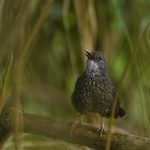
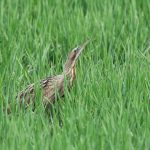
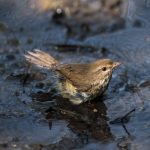

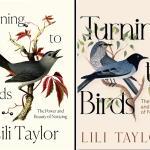

Birds migrate , search for food and breeding grounds.